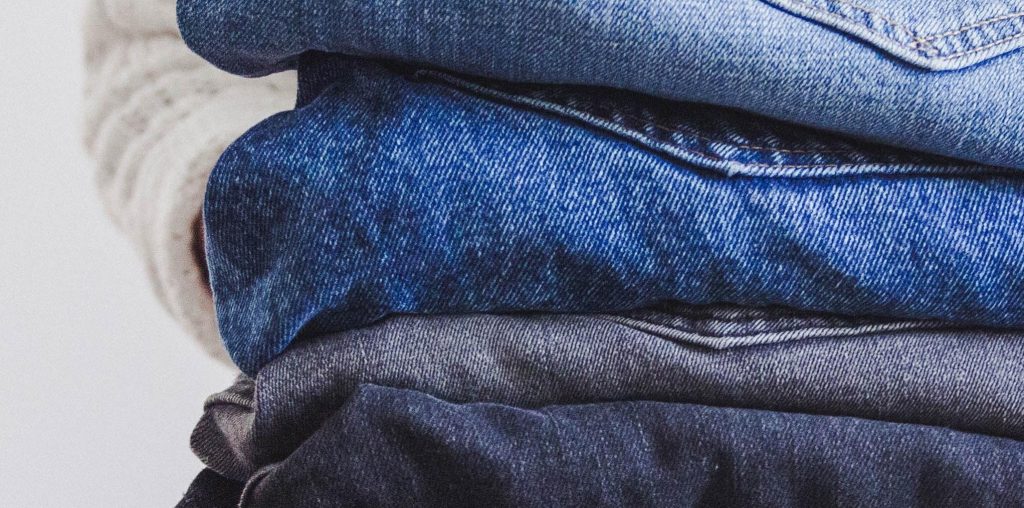How brands are seeking direct control in fashion’s nascent industry

Secondhand Soars
The resale market in 2022
With younger consumer generations prioritizing sustainability and conscious consumerism more than any other demographic, it makes sense that resale and secondhand clothing has seen massive increases in the last few years. “In 2020, resale accounted for 10 percent of all US retail sales, up from 5 percent in 2016” (Business of Fashion). That number is only set to continue going up, and at a rapid pace.
“Over the next five years, apparel resale is expected to grow more than three times faster than the primary market, from $96 billion in 2021 to $218 billion by 2026.”
Forbes
While many consumers are most familiar with third-party resale platforms like Depop, Poshmark, and ThredUp, there’s been a rise in “resale-as-service (RaaS) platforms that handle the backend process of a brand’s owned resale business, which includes inventory collection, verification and ultimately, sale” (Business of Fashion). Brands can party with RaaS platforms to bring the resale market directly to them—capitalizing on resale business that’s already taking place via third-party marketplaces, often without guaranteed authentication and no opportunity for the consumer to engage with the brand they’re purchasing.
Especially with luxury resale, authentication and brand protection are major concerns within the resale market. “Luxury and premium resale is already a sizable market, which is expected to double to between $65 billion and $100 billion by 2030, according to estimates from McKinsey, as seen by Vogue Business” (Vogue Business). Counterfeiting has seen a boom in the post-COVID ecommerce market, is projected to reach $1.8 trillion this year, and online resellers are simultaneously rising (Supply Chain Resource Cooperative). The opportunity for counterfeit luxury sales is high. Increasingly, brands are creating resale platforms directly through their ecommerce sites to take control of these issues.
The Takeover
Why brands are looking to engage directly with consumers via resale platforms
In terms of brand protection strategies, it’s important to prioritize visibility throughout as many facets of the value chain as possible. Resale is happening at unprecedented scale, and brands have an opportunity to engage consumers directly in that process, keeping the consumer’s connection to the brand at the forefront.
The motive for resale:
“For brands, resale isn’t necessarily a revenue driver; it’s about being part of a consumer experience that’s happening with or without them. While retailers are betting it may eventually become a profitable part of their models, most are focused currently on resale’s potential for driving customer acquisition and loyalty.”
Business of Fashion
Some resale marketplaces navigate reverse logistics to provide company-conducted verification processes, “but peer-to-peer models provide a key advantage to brands: more customer interaction and engagement. Customers are encouraged to come to the brand site not just to make a new purchase but to pass along a previous one…It gives brands a way to provide customers with added benefits from their ongoing relationships with them, essentially putting brand loyalty on steroids” (Forbes). It also enables brands to get into resale without a lot of overhead costs and logistics. Again, the primary concern with this model is one of brand protection and authenticity. Here, technological players step up.

The Whole Story
How Vi3 helps brands engage with consumers beyond the typical clothing life cycle
A combination of efficient online resale marketplaces and authentication measures are necessary for brands to get the most out of the resale boom. “Innovative technology, combined with such creative new partnership models, could boost market circularity and produce both economic and sustainability value for all” (World Economic Forum). The importance of technology innovation in this cannot be understated. Gone are the days where brands must rely on manual authentication efforts and messy reverse logistics processes. Serialization and accessible authentication tech enables brands to authenticate at any point of the value chain—from distributors to retailers and eventually to resale.
“Prioritizing authentication [helped Ebay] boost customer satisfaction and increased high value purchases by six per cent.”
Vogue Business
With fakes getting harder and harder to distinguish from the real product, “resale platforms are adding layers to their authentication processes, and brands have started exploring blockchain technology as a one-stop verification tool” (Vogue Business). It’s possible for blockchain to be considered a one-step verification tool because of its immutable qualities. Once transactions are recorded in the ledger, they cannot be changed or removed. A customer scanning a product would be able to tell if it came from the source they thought it did. “By defining a new future where digital traceability technologies connect beyond supply chain management and even direct customer interactions, it could be possible to unlock enormous untapped opportunities for sustainability, circularity, competitiveness and consumer trust” (World Economic Forum).
Vi3 utilizes blockchain and serialization technology that’s accessible for brands and consumers alike. Our Supply Chain Visibility and Brand Protection modules give brands laser-focused insight into their supply chains and provides an easy and secure authentication solution that could be integrated into resale platforms. Our team of experts are at the ready to discuss your next move.